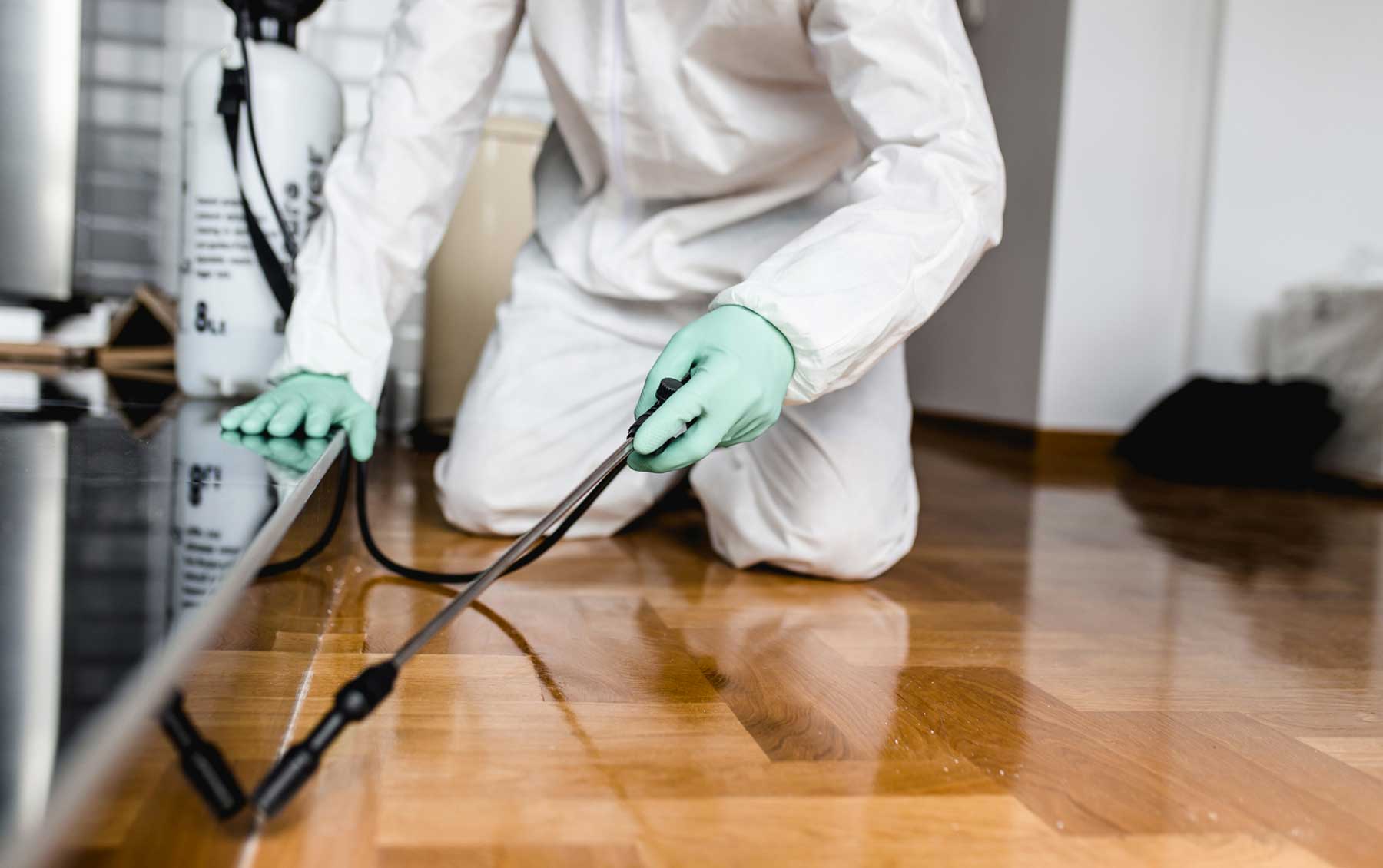Bed Bug Dog Detection: Identify Infestations Early for Satisfaction!
Bed Bug Dog Detection: Identify Infestations Early for Satisfaction!
Blog Article
Professional Bug Control Techniques for Long-Term Outcomes
Professional parasite control methods envelop a comprehensive technique that begins with an extensive inspection and analysis, followed by specific bug identification to recognize their behavior patterns. The execution of Integrated Pest Administration (IPM) concepts, coupled with eco-conscious treatments, develops the keystone of lasting parasite elimination.
Inspection and Analysis
Upon entering a residential property for insect control services, the first action is a complete evaluation and analysis to identify the extent of the invasion and establish one of the most effective treatment strategy. Professional bug control technicians are trained to carefully take a look at the facilities, trying to find indications of insect activity such as droppings, nibble marks, nests, or any structural damage. They will certainly also assess the conditions that may be bring in parasites, such as food resources, water leaks, or access factors.

Insect Recognition and Habits

Furthermore, comprehending the behavior of the recognized pest is essential to executing reliable control actions. Knowing where parasites nest, what they feed on, and their task patterns can help pest control professionals develop strategies to eradicate them successfully. Some insects might be nighttime, while others are a lot more energetic during the day. This understanding permits the application of therapies at optimum times for maximum efficiency.
Integrated Parasite Management (IPM)
Integrated Insect Management (IPM) strategies incorporate numerous techniques to manage and stop pest problems in a sustainable and environmentally friendly manner. exterminator. By incorporating methods such as organic control, environment adjustment, adjustment of cultural methods, and the usage of resistant ranges, IPM aims to lessen the usage of chemical pesticides
One of the crucial principles of IPM is the focus on prevention. This proactive approach involves monitoring insect populaces regularly to detect any type of potential concerns prior to they escalate. By determining insect troubles early, pest control procedures can be applied promptly and effectively.
In addition, IPM promotes making use of non-toxic insect control approaches whenever possible. This can include utilizing all-natural predators of the pests, introducing useful insects, or making use of pheromones to interfere with breeding patterns. By minimizing dependence on chemical pesticides, IPM not only shields the atmosphere however home pest also aids preserve a balance in the ecosystem.
Environmentally-Friendly Therapies
Carrying out eco-conscious methods in bug control treatments can properly address infestations while focusing on ecological sustainability. Environmentally-friendly therapies concentrate on decreasing the influence of insect control approaches on ecological communities, non-target microorganisms, and human health and wellness. These methods commonly entail making use of all-natural predators, such as ladybugs or nematodes, to regulate pest populaces, lowering the requirement for chemical interventions. Additionally, strategies like habitat manipulation, such as changing moisture degrees or removing food sources, can assist hinder pests without making use of hazardous materials.
One more key aspect of environmentally-friendly treatments is using natural and eco-friendly products that break down rapidly without leaving hazardous deposits in the setting. Agricultural pesticides acquired from plants like chrysanthemums or neem offer effective bug control while posturing marginal threat to non-target types. Additionally, using approaches like heat treatments or scent catches can target particular insects with precision, minimizing the general ecological impact of insect control practices.
Continuous Tracking and Upkeep
Constant surveillance and maintenance are important parts of effective insect control administration. Recurring surveillance plays a critical duty in guaranteeing that pest problems are identified check my reference very early and taken care of quickly. Regular examinations by experienced experts are necessary to recognize any type of signs of insect task, examine the performance of previous therapies, and have a peek at this website make adjustments to the pest control plan as required. By checking insect populaces gradually, bug control professionals can track patterns, expect potential problems, and carry out safety nets to minimize the threat of future problems.
In addition to surveillance, upkeep practices are crucial for long-term parasite control success. This consists of implementing appropriate cleanliness procedures to remove potential food and water resources for pests, sealing off entrance points to prevent parasites from getting in the premises, and dealing with any structural issues that could help with pest infestations (Pest control Washington DC). By incorporating continuous surveillance and upkeep into an integrated parasite monitoring strategy, businesses can ensure a pest-free atmosphere and secure their home against expensive damage and health and wellness threats
Conclusion
To conclude, making use of specialist bug control techniques such as thorough evaluation and evaluation, accurate bug recognition and understanding of their actions, integrated pest administration methods, environmentally-friendly treatments, and continuous monitoring and upkeep are important for accomplishing long-term results in parasite control. By executing these methods, individuals can properly take care of parasite problems and maintain a pest-free environment in a sustainable way.
Report this page